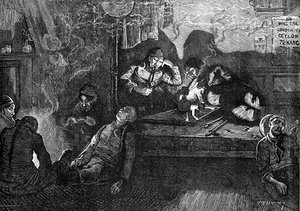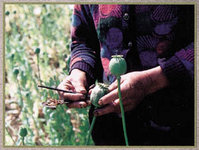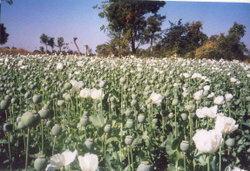MODERNIZATION AND REVOLUTION IN CHINA: From the Opium Wars to World Power, Third Edition. By June Grosso,Jay Corrin and Michael Kart. Armonk (New York): M.E. Sharpe. 2004. xii, 353pp. US$79.95, doth, ISBN0-7656-1446-4; US$29.95, paper, ISBN 0-7656-1447-2.
In this book June Grasso, Jay Corrin and Michael Kort, three scholars with varied interests, have produced an interesting introduction to modern Chinese history. For the new third edition, Grasso, Corrin and Kort have added chapters dealing with Jiang Zemin and the "fourth generation" of leaders. As an introductory text this book covers the material and is a convenient size for students. Like many introductory texts it does not use any particularly new evidence nor does it produce any especially new interpretations. In many ways this is a disappointment. Jay Corrin has written excellent books on twentiethcentury Catholic intellectuals in Britain, but this text does not contain, as a reader might hope, a comparison of the struggles Chinese and Catholic intellectuals have had with democracy and modernity. Michael Kort has written extensively on the Soviet Union, yet this book does not compare the Soviet experience with that of the People's Republic.
As an introductory text this book's failings are mostly mainstream ones. A typical statement (pp. 28-29) is: "All foreigners had to adhere to strict regulations imposed by the cohong. They also had to live in designated areas called 'factories' outside Guangzhou itself, lest these foul-smelling barbarians-whom the Chinese called 'big noses,' 'hairy ones,' and similar epithets-contaminate the civilized Chinese."
No evidence is provided to prove that the Manchus feared contamination or even that they thought foreigners smelt bad. An echo of past prejudice is allowed to displace any discussion of the potentially rational reasons the Qing might have had for imposing the Canton system.
This book is also marred by errors of fact. Tibet does not, for example, share a border with any country of the former Soviet Union, much less with Russia (p. 301). Perhaps the most outstanding example of this sloppiness is the claim (p. 75) that the 1911 Revolution began in Wuchang, a city in Sichuan. An introductory text ought to be able to identify correctly the province in which a major event like the Xinhai Revolution began. The authors describe (p. 128) the "so-called 'three-thirds' system of government in CCP-controlled regions. Rather than establishing a CCP political monopoly, positions in local government were apportioned by thirds: one each for the CCP, for the [Guomindang], and for independents." The Guomindang did not, of course, hold any positions in the base areas. The authors imply an incorrect date for the purge of Gao Gang. The discussion of Tibet (pp. 301-302) misses important events and is generally very weak.
There are also problems of interpretation that do not reflect recent studies of the Communists. Chiang Kai-shek is roundly and thoroughly condemned. The book describes the Guomindang severing ties with the masses, of "harsh" repression and the like (pp. 100-102). This would not matter if the book took an even-handed approach to the Communists. There is no suggestion that a pro-Party writer was at more risk in CCP-controlled areas than in GMD-controlled ones. A simple count of the number of writers killed or imprisoned by both parties would have made the point neatly. The Communists are routinely given the benefit of the doubt; the Nationalists are not. The chapters on the post-Deng era rely heavily on the British Guardian and the New York Times. The more interesting commentary and analysis in the right-wing and neo-conservative Western press is ignored.
In a sense this book is overshadowed by what it could have been. It is not an ideal introduction to modern Chinese history. In spite of its deficiencies, if used with caution, it could provide an acceptable and compact introductory text.
Oxford University, United Kingdom JOSEPH BENJAMIN ASKEW
Copyright University of British Columbia Spring 2005
Provided by ProQuest Information and Learning Company. All rights Reserved




